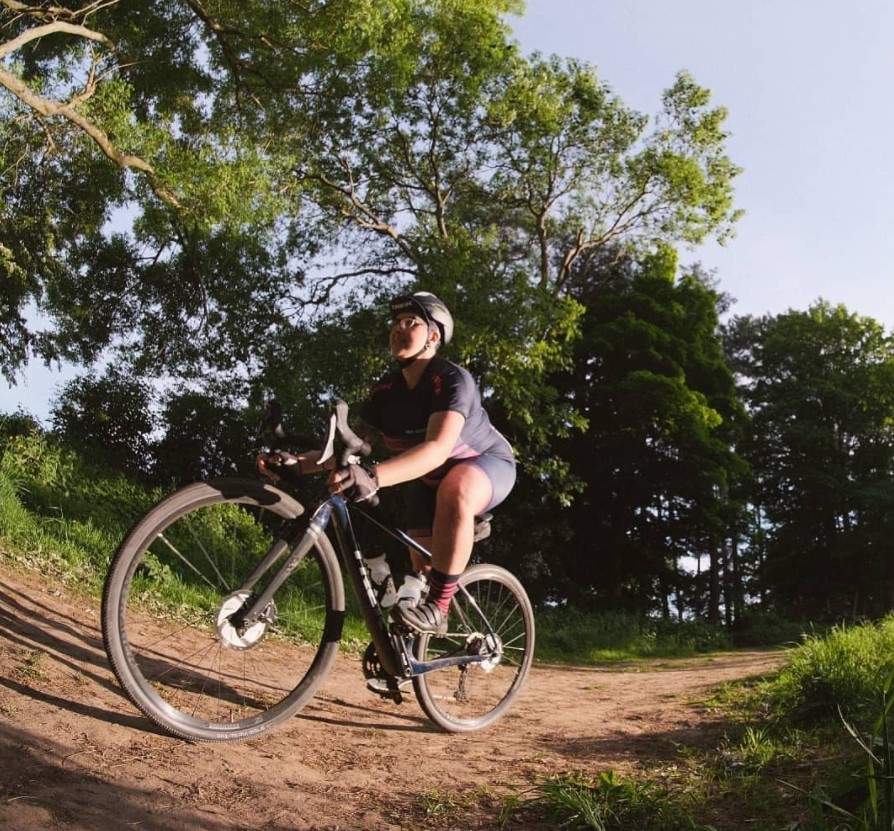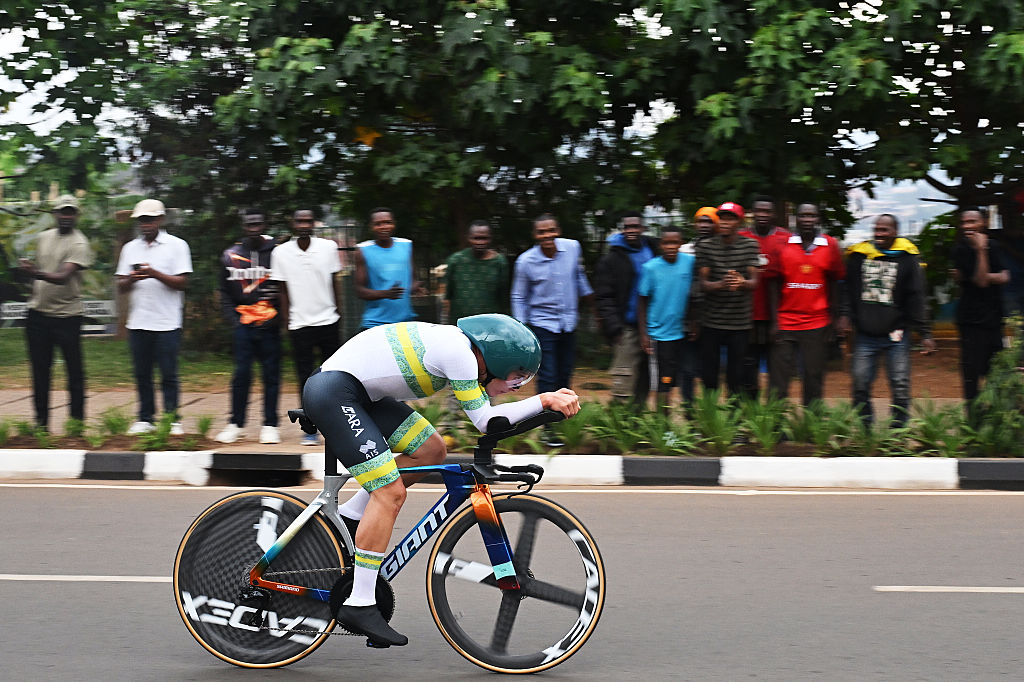Saddle sores 101: how to prevent and treat all undercarriage-related discomfort
Saddle sores and labial discomfort can be caused by extended periods on the saddle. Here’s how to deal with them
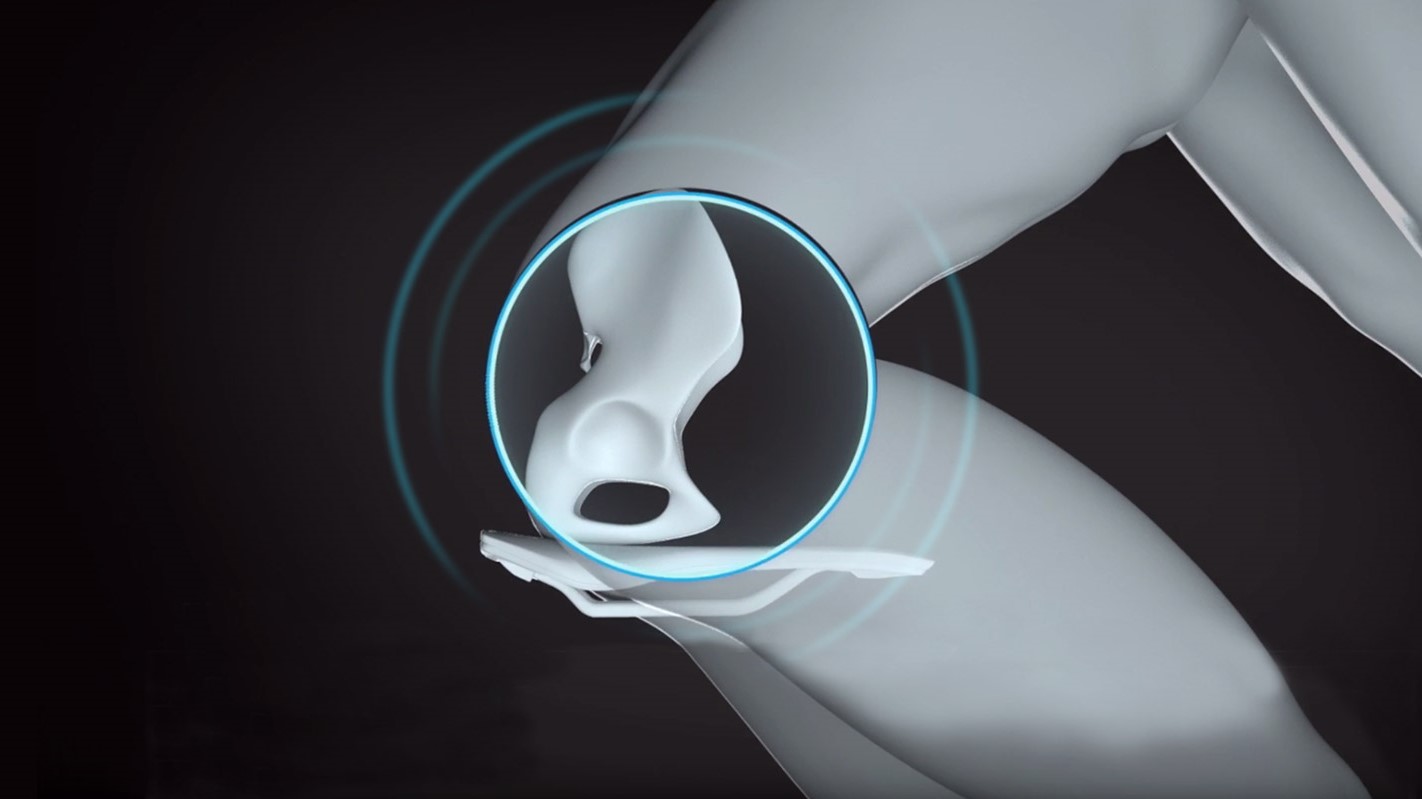
Saddle sores can be an annoying side-effect of long hours spent on the bike, even if you're using one of the best road bike saddles, and can vary from being slightly uncomfortable to requiring surgical removal. They come in many different guises, and affect some people more than others. If they become infected, they can put you out of action for weeks or even months at a time, so it’s important to know how to deal with them from the get-go.
Saddle sores can affect anyone, regardless of what equipment you have downstairs, yet a lot of advice you find online tends to mostly cater for the male parts. While we aim to cover all areas in this article, we’re also including a women’s specific section for anyone suffering labial discomfort and related issues.
At Cyclingnews we’ve had our fair share of experience with saddle sores, and we know that prevention is always better than a cure. So we’ve drawn upon our own experience, as well as the expertise of an ultra racer who’s had two labial surgeries, a gynaecologist, and a sports physio and bike fitter.
Here we’ve outlined everything you need to know about saddle sores: what they are, how you get them, how to prevent them, and how to treat them.
Jump to:
- Saddle sores: diagnosis and prevention
- Labial discomfort: diagnosis and prevention
- How to treat saddle sores
- When to see a doctor for saddle sores
- Recommended products for saddle sores
Saddle sores: diagnosis and prevention
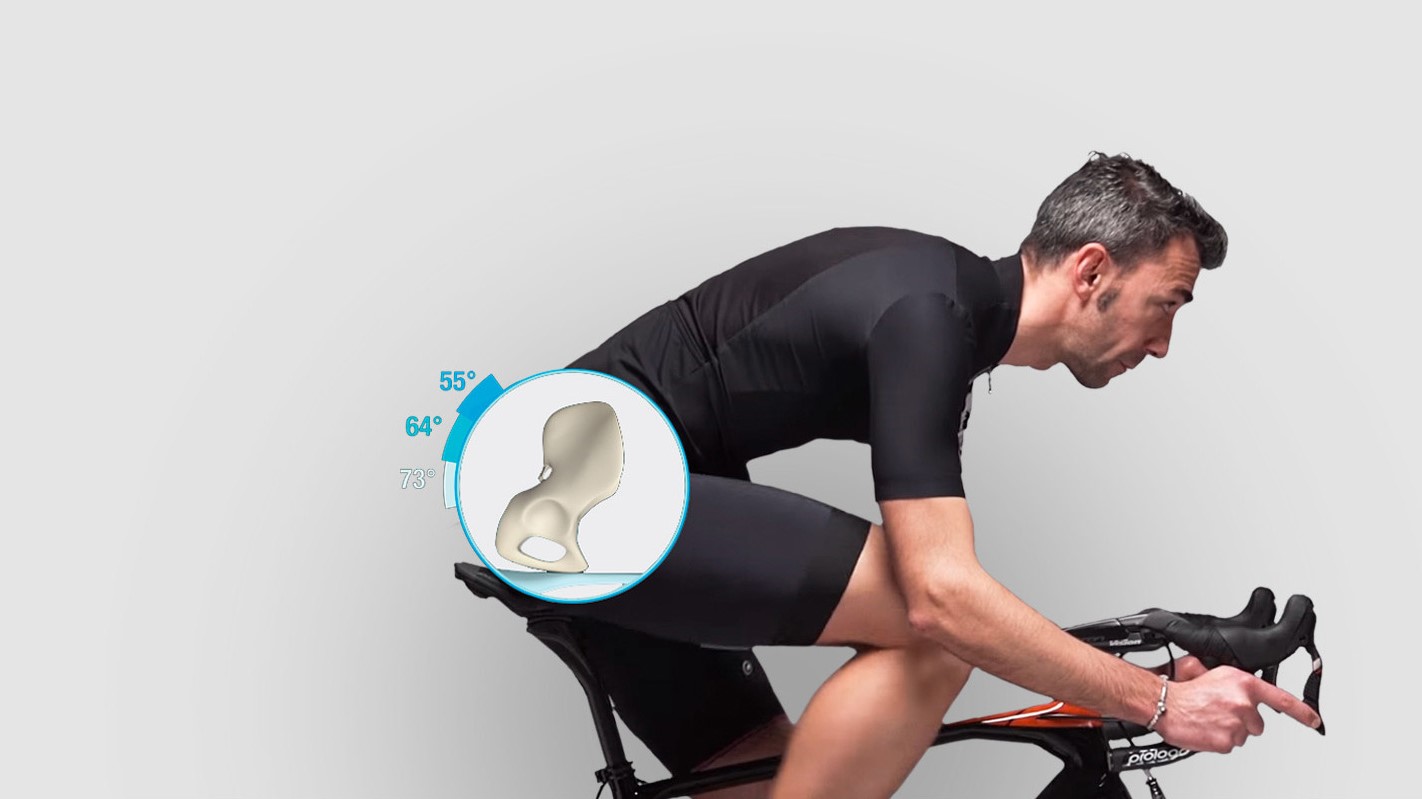
Diagnosing saddle sores
As with all things, saddle sores come in many different guises. In fact, the term itself is mostly an umbrella term that encompasses any kind of pain or discomfort in the undercarriage region, likely caused by friction, poor saddle compatibility, or an ill-fitting pair of padded shorts. Here are the most common ways your undercarriage might be affected.
Folliculitis
The latest race content, interviews, features, reviews and expert buying guides, direct to your inbox!
This is an inflammation around the base of a hair follicle, often caused by a buildup of bacteria or fungus. These can often be pain-free, or sometimes accompanied by itching or swelling, and generally take a couple of weeks to clear on their own. However, if they become infected they can turn into boils, also known as furuncles.
Furuncles (boils)
These boils form around the base of a hair follicle, are filled with pus, and often feel firm and painful. While some cyclists have found relief in popping theirs (never to be attempted if there’s no discernible ‘head’), doctors advise against this. Instead you can use a hot compress to help it drain on its own.
Chafing
Chafing most often affects the inner thighs, due to the friction caused by repeated rubbing against the saddle during the up and down motion of the pedal stroke. For many cyclists this can also be a result of poorly-fitted shorts that shift around slightly with their movements, and if those shorts aren’t breathable enough, then that can make matters worse.
Skin ulceration
This can come as a result of severe chafing, where the uppermost layer of skin has been removed. This exposes the deeper layers of skin and leaves them vulnerable to bacteria, which thrives in warm and humid conditions. Be sure to keep the area clean and dry, as ulcers can lead to more serious skin infections.
How to prevent saddle sores
Get a bike fit
First things first, make sure your bike fits you properly. It could be that you’re overstretching and rocking your hips as you pedal, or leaning too far forward and therefore putting all your weight on your soft tissues.
This is a preventative measure only, though. If you’re already experiencing saddle sores, the last thing you want to do is continue sitting on them during a bike fit. If you’ve had your bike for a while and continuously suffered with pelvic pain, take some time off, follow our tips on how to treat saddle sores, and then try a bike fit afterwards.
On the other hand if you’ve been riding your bike for a while and have only suddenly started developing problems, you may want to consult a GP to explore why those have suddenly arisen.
We asked Bianca Broadbent — a sports physio and bike fitter who specialises in sports medicine — about how she works with her clients to get the optimal bike fit, and she was brimming with pearls of wisdom.
“You have to balance what you want to do, where your body wants to be, and what the bicycle requires of you,” she says. “Some people can tolerate loading [bearing weight] on soft tissue really well, while others don’t. It puts pressure on the blood vessels and nerves, including the pudendal nerve which is responsible for sensory and motor function. This is why some men with severe saddle damage may experience erectile dysfunction.”
“If you’re new to riding, you might need to develop some confidence before worrying about setting yourself up in the ‘optimal’ position. If you’re having problems later down the line, then consider getting a bike fit.”
Try a different saddle
We started with the bike fit because it’s the easiest thing to do correctly, whereas finding a great unisex or women's road bike saddle is more of an exercise in trial and error. Of course, since it’s the part of the bike that spends the most time in contact with your undercarriage, it’s the next obvious thing to assess if you’re still experiencing problems.
Saddles come in all shapes and sizes, some with cut-outs, some with channels running through the middle, and they vary in terms of the riding position they’re designed for. If you’re in a more upright position, most of your weight will be distributed through your sit bones, whereas the aggressive aero positions adopted by time trialists and the like actually put a lot of pressure on the soft tissue, which can cause a lot of the problems.
If you need more information, check out our guide on how to choose the right saddle for you.
According to Bianca, you also need to make sure your saddle is set up in a way that works for your pelvis. “Do you need one that’s wider at the back for an upright riding position, or something that will allow you to bear weight at the front of the nose? Is the saddle position flat or tilted? Your pelvis will ultimately determine what angle works best for you. Try reducing the saddle height to see if that makes a difference, and if you have any problems later, be sure to seek advice.”
Combine it with a good chamois
Getting the saddle right is important, but all that hard work can be undone in an instant if you combine it with a shoddy set of padded shorts. It’s important that your seat pad (chamois) and saddle play nicely together, and of course, this is yet another trial and error exercise. What works for someone else might not work for you, though generally speaking when you spend a bit more money on a good quality pair of shorts, you’re likely to get more return on that investment. A good chamois will be made from quality materials, and few if any seams at all: the less risk of friction, the better.
It’s not just about getting the combination right, either. You also need to make sure that you keep things hygienic, get the right fit, and don’t introduce any unnecessary extra layers underneath.
“Using the right padded cycle shorts without underwear is important”, says Mrs Pisal. “Always wash the shorts immediately and use a fresh pair each time you ride. This will help to avoid pressure symptoms but also prevent vaginal and urinary tract infections.”
As ultra racer Jasmijn Muller advises, it’s also crucial to wear shorts that fit you properly. “If you’re between sizes, I’d actually recommend you go for the smaller size, because when you’re pedalling in shorts that are slightly too large on you, the material will shift about and can cause friction,” she explains. “The last thing you want is movement.”
Use chamois cream and/or anti-chafing cream
The enemy of friction is lubrication, which is why Mrs Pisal recommends applying chamois cream to the nether regions, focusing on all parts of the body that will make contact with the saddle. In the case of women, she advises to apply it to the labia, groin and inner thighs to help prevent chafing.
Chamois cream won’t be new to everyone reading this, in fact there are plenty of pros who swear by it. Not only does it act as a lubricant where it’s needed most, but it’s antibacterial and prevents germ buildup in those sensitive areas. Some chamois creams also include ingredients that soothe the skin, like shea butter or aloe vera.
Anti-chafing cream can also be a life saver for anyone with large or close-set thighs that consistently chafe due to rubbing against the saddle or frame. They create a silky feeling protective barrier on the skin to prevent friction.
Another option offered up by ultra racer Jasmijn Muller is Doublebase gel: it comes in a 500ml pump bottle and can often be cheaper than most chamois creams. It’s designed for people with various skin conditions as well as treating bed sores, so it’s formulated perfectly for this use as well.
Don’t neglect your hygiene
As Mrs Pisal advised above, change your shorts between rides and always keep them clean. You should also remove them as soon as your ride is finished. Sweaty bib shorts are the perfect breeding ground for bacteria that causes all the problems we’re talking about here. As soon as you get home, put your shorts in the washing machine and shower straight away. Dry yourself properly before getting dressed, and make sure your shorts are completely dry before using them again.
Labial discomfort: diagnosis and prevention
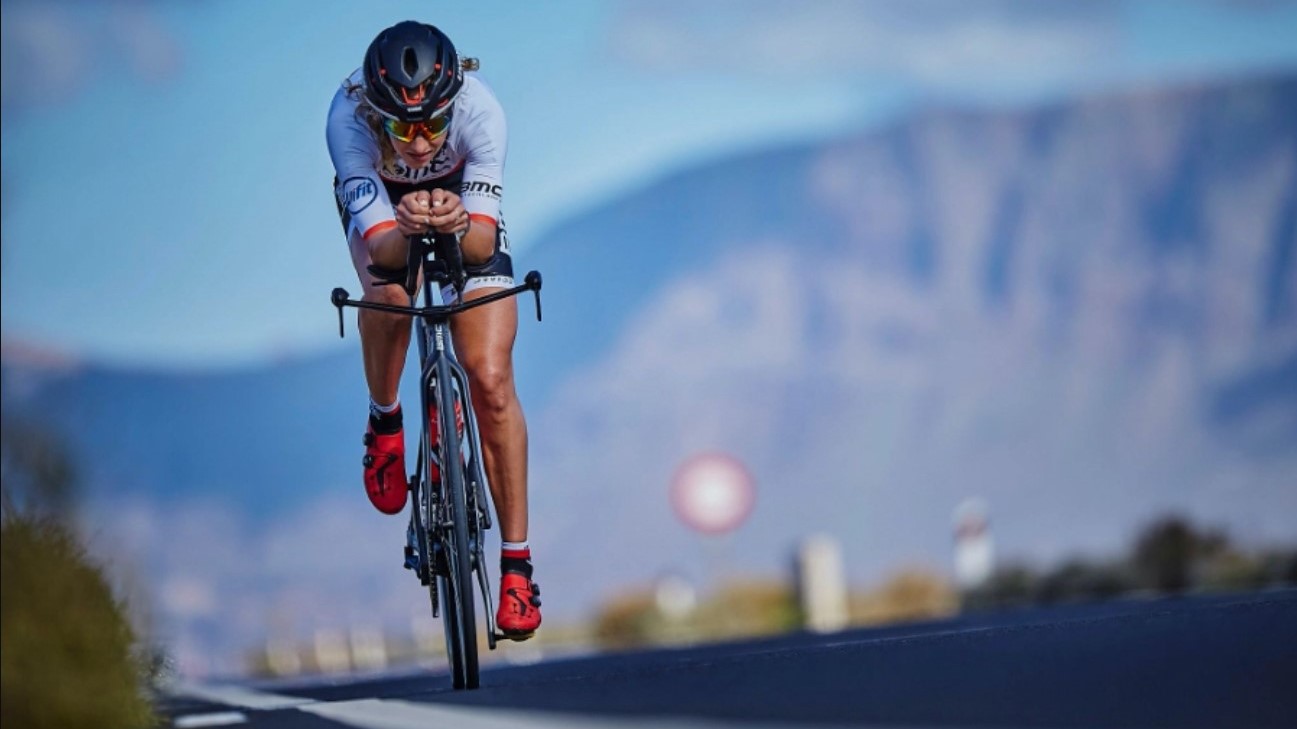
Diagnosing labial and vaginal conditions
We asked Mrs Pradniya Pisal, consultant gynaecologist at London Gynaecology, to outline the various ways long hours in the saddle can affect our most delicate parts.
Chafing
“The skin around the genital area and the groin/medium part of the thigh may experience chafing caused by a mixture of contact friction, sweat and the fabric of your cycling clothes. The superficial layer of the skin is abraded and causes that area to be sensitive and painful.”
“If [chafing is] ignored, [it] can turn into open sores due to the damage of the top layer of the skin.”
Skin sensitivity and numbness
“Sitting on a saddle for a long time can cause sensitivity or numbness of the labia and perineal area. The pressure on the skin affects the nerve endings, and this repeated pressure on the nerve endings [can cause tingling and sensitivity]. Over a period of time that sensitivity and tingling sensation will turn to numbness, so there is almost a loss of the superficial nerve endings in that area of the skin.”
Labial enlargement
“Pressure on a woman’s vulva can cause the labia to become swollen and appear bigger. Some women already have asymmetrical or enlarged (hypertrophied) labia and this can [exacerbate the issues listed above]. I have come across women with enlarged labia who have sought labiaplasty (surgery to reduce the size of the labia) as the pressure causes intense pain during cycle rides so much so that they are unable to continue riding.”
Vaginal irritation and infection (thrush and bacterial vaginosis)
“Thrush is a very common vaginal infection, caused by an overgrowth of yeasts which live normally in the bowel and may be present in other parts of the body, such as the mouth, skin and vagina. Thrush occurs when the good bacteria in the vagina can't keep the fungus under control, creating a suitable environment for the overgrowth of this fungus. When cycling, there is a lot of perspiration and so the sweat collects in that area of the skin and any stagnation of sweat over a surface is likely to result in growth of fungus. The advice is to not linger in your clothes after a bike ride and to wash them immediately, so not to allow the yeast to grow.”
Urinary tract infections (UTI)
“A UTI is an infection of your bladder, so you may feel the sudden urge to pee and experience pain or a stinging sensation when peeing. These usually are caused by bacteria entering the urinary tract. Using the right padded cycle shorts without underwear is important. Always wash the shorts immediately and use a fresh pair each time you ride a bike. Cycling shorts will get damp with sweat with little ventilation and rubbed up against your body is a breeding ground for bacteria. Also dehydration or going on long bike rides without emptying the bladder quick enough can cause this so ensure you drink plenty of water and empty the bladder without delaying too much, to help flush bacteria out and prevent urinary tract infections. This will help to avoid pressure symptoms but also prevent vaginal and urinary tract infections."
How to prevent labial conditions
On top of all the advice provided above (which is just as relevant here), we’ve included some extra pointers below that can be helpful for anyone suffering with labial or vaginal discomfort while cycling.
Address your cycling position
Mrs Pisal stresses that you should be positioned on your saddle in a way that distributes your weight evenly through the sit bones, and not through your soft tissues. “Sitting in a more upright position will also reduce pressure on the labia. This will prevent pressure sores on the labia, skin sensitivity and loss of sensation and also enlargement of the labia”, she says.
Of course, if you’re a time trialist or racer who favours an aggressive aero position for long periods at a time, then the risk of labial damage comes as part of the territory, and we’d advise you to work with a specialist to find a saddle that supports you where you need it and relieves the pressure at the front.
Ultra racer Jasmijn Muller knows a thing or two about spending long hours in the saddle and the perils that come with doing so. While she herself has had to step away from time trials due to the damage that riding position had caused, she still spends long hours in the saddle and has found her own ways to stay pain-free for the past two and a half years.
Embrace your pubic hair
“You could get away with some on the bikini line but it’s a risk! Best to leave it alone. I’m not a fan of the methods of hair removal, it takes a layer of your natural protection away. Keep it hygienic and comfortable”, says Jasmijn.
We can’t tell you what to do with your own body of course, but we do advise you to exercise caution if you choose to remove your hair ‘down there’. Pubic hair forms an extra layer of protection after all, helping to keep that area clean and free of unwanted bacteria. On top of that, the act of shaving can cause a plethora of issues, from razor burn and sore bumps, to ingrown hairs and folliculitis.
Ditch the chemicals
Another thing that Jasmijn has found to work well for her is to avoid using body care products that contain chemicals of any kind: “I mainly shower with hot water, and only wash my hair with shampoos that contain natural ingredients”, she explains.
“Let your skin do its work. It has natural oils to protect us from bacteria and we shouldn’t wash it away.”
Look inward
This might sound strange at first, but as Jasmijn rightly points out, “it’s not always something you can throw a product at, if the problem is actually you”. Our bodies are all wonderful and unique, and if none of this advice is helping you, then it may be something physiological you need to address.
“I have a slight leg length difference,” explains Jasmijn. “On the bike that translates to a slight lateral movement with every pedal stroke. It turned out that I had major imbalances between my glutes, with one much stronger than the other. I worked with an osteopath who treats cyclists and teaches pilates, and she helped me address this imbalance. I’m not at 100 per cent just yet, but it’s getting better, and I no longer shift on the saddle. It’s also helped me to get more power and ride better as a result!”
As a bike fitter and physio, Bianca has a wealth of experience working with clients who need to address bodily imbalances on the bike. “Leg length difference is quite common, and can cause you to sit asymmetrically on the saddle, which increases friction,” she explains.
“People who are quite long in proportion or hypermobile sometimes run into issues because their core stability isn’t sufficient to hold them over a long period of time, and so eventually they start rocking due to fatigue. In fact a lot of these things come down to fatigue. Muscular endurance is important to get right first, because when a muscle starts fatiguing, another muscle will help it out, causing all kinds of imbalances.”
RED-S [relative energy deficiency in sport] often goes hand in hand with long-distance cycling, and can have a surprising impact on your saddle health. According to Bianca if you’re under-fuelled for an activity, this can not only cause issues with healing and pain sensitivity, but also your balance: “if you’re not fuelling adequately for the task, your body’s going to give up and start moving [in ways you don’t want it to, like shifting and rocking on the saddle]. If you’re performing at a high level without sufficient energy and experiencing pelvic pain, that’s your body saying something’s wrong.”
As a final point here, aging can also have an impact on your pelvic health. “As we age, our skin loses fatty tissue and collagen,” Bianca explains. “Healing ability is impaired, and the density of soft tissues declines, making them more vulnerable to compression and pain.”
“For women going through menopause, HRT [hormone replacement therapy] is something you should consider because of this. You can also get Oestrogel, a topical oestrogen, that can help with this lost volume of soft tissue. For men, the prostate may become enlarged with age, which occupies space in the pelvis and therefore reduces the ability to load.”
Talk about it
This isn’t a cure but it’s just as important. Many of us are too embarrassed to talk about problems we experience down below, despite the fact that many of us are all experiencing the same thing. By becoming more comfortable with talking about saddle sores and genital damage caused by cycling, we can teach and learn from each other, share advice and tips, and ultimately support each other better.
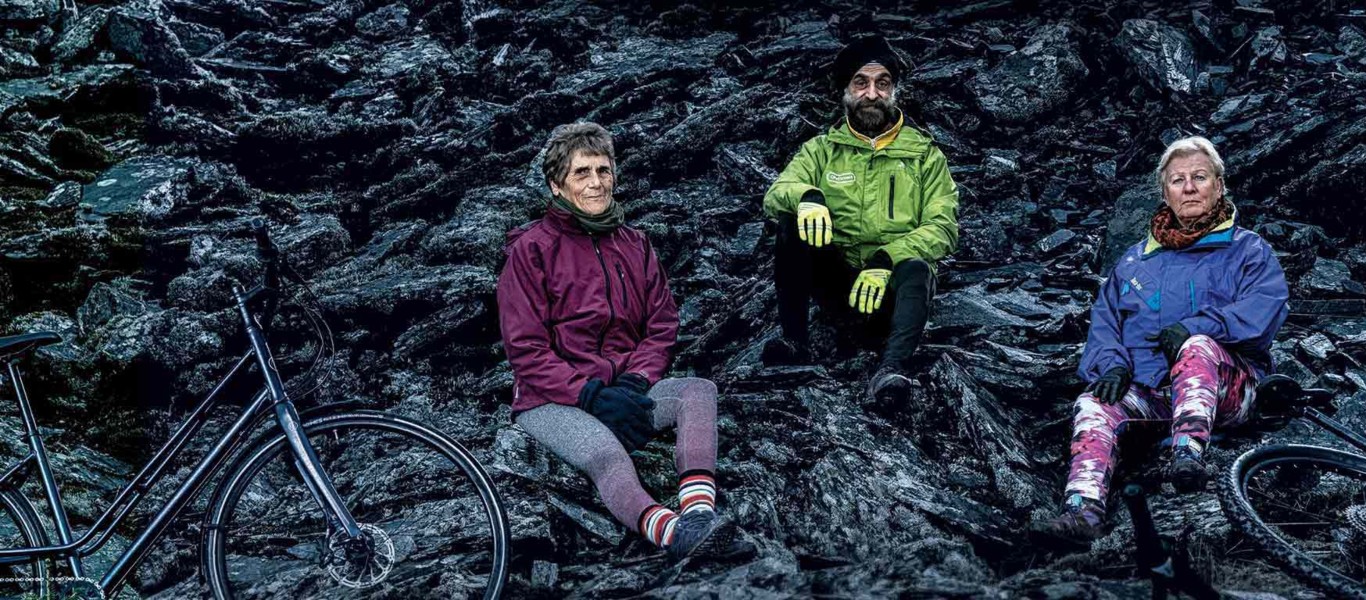
How to treat saddle sores
Take time off
It’s not a favourite solution but it’s the best thing you can do for yourself. If you’ve got a painful saddle sore, UTI or any other issue we’ve spoken about here, the first thing you should do is stop cycling for a couple of days and give that skin time to heal. Continuing to ride with those problems will only make them worse, exposing sore and damaged skin to further friction, sweat and bacteria. While you’re taking time off, here’s something else you can do to help:
Clean and disinfect the area
Keep the entire area clean with daily washing, ideally with chemical-free products as advised by Jasmijn above. Regularly apply an antibacterial cream. Many cyclists swear by Sudocrem, which is formulated to treat nappy rash, so it’s gentle on damaged skin and easy to get hold of.
When to see a doctor for saddle sores
While much of the advice here should help you deal with the bulk of your saddle sore woes, it’s vital to know when you need medical help.
You should consult your doctor if:
- You’ve had the same sore for over two weeks and it shows no sign of healing
- You keep getting recurring sores in the same area (you may wish to consult a dermatologist in this case)
- Your saddle sore is excruciatingly painful
- Your saddle sore is infected* and you need antibiotics
*Signs of infection include heat, pus, a fever, and chills.
Red flag symptoms
These red flag symptoms relate to pelvic health, and Bianca stresses that if you have any of them, you should consult your doctor immediately.
- Pelvic mass
- Vaginal bleed and pain in postmenopausal women
- Testicular mass/torsion
- Erectile dysfunction
- Persistent fever
- Post-coital bleeding
- Abdominal distension
- Inability to pass urine
Recommended products for saddle sores
Mildred joined as Reviews Writer for Cyclingnews and BikePerfect in December 2020. She loves all forms of cycling from long-distance audax to daily errand-running by bike, and does almost everything on two wheels, including moving house, and started out her cycling career working in a bike shop. For the past five years she's volunteered at The Bristol Bike Project as a mechanic and session coordinator, and now sits on its board of directors.
Since then she's gone on to write for a multitude of cycling publications, including Bikeradar, Cycling Plus, Singletrack, Red Bull, Cycling UK and Total Women's Cycling. She's dedicated to providing more coverage of women's specific cycling tech, elevating under-represented voices in the sport, and making cycling more accessible overall.
Height: 156cm (5'2")
Weight: 75kg
Rides: Stayer Groadinger UG, Triban RC520 Women's Disc, Genesis Flyer, Marin Larkspur, Cotic BFe 26, Clandestine custom bike
